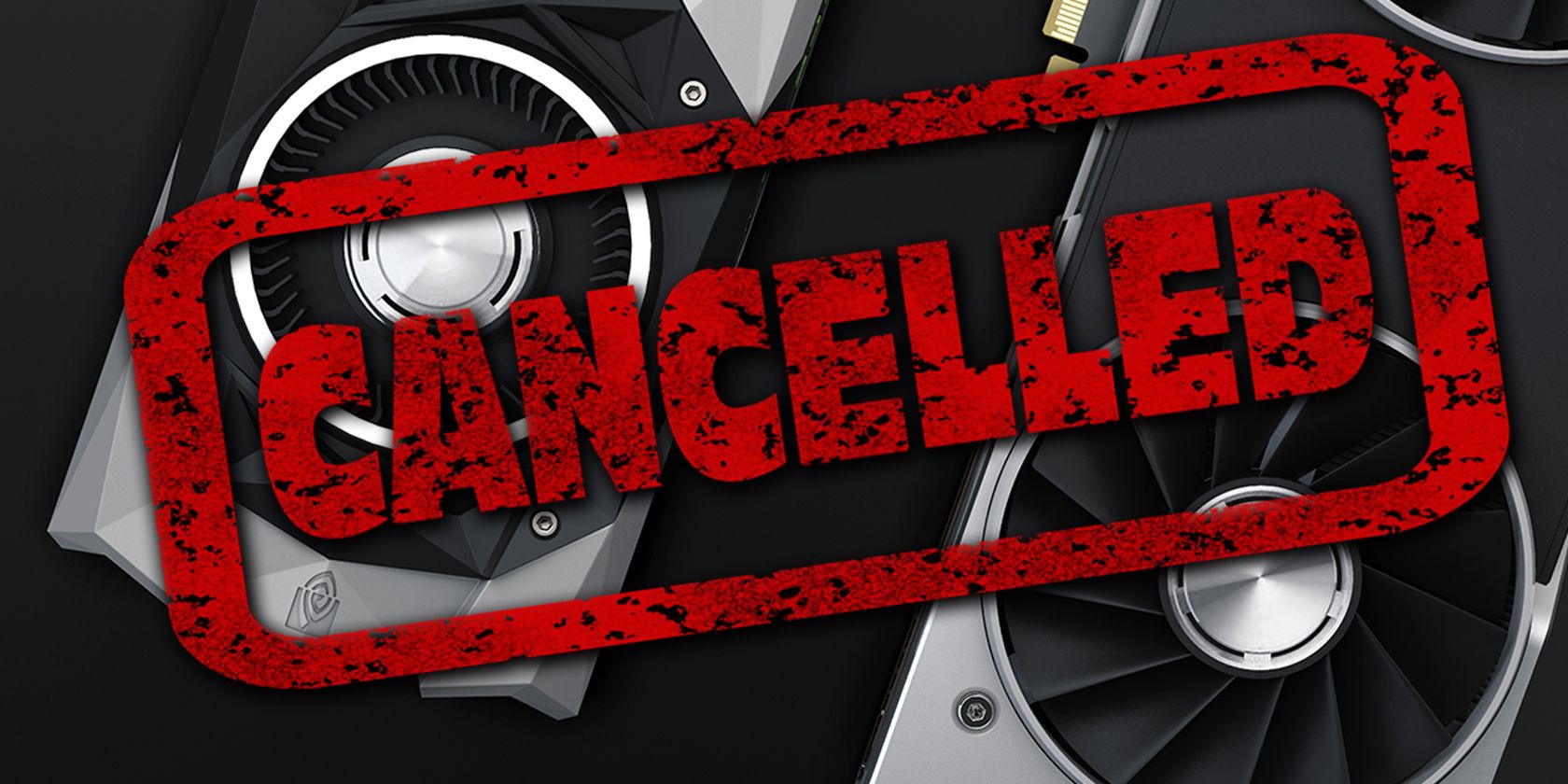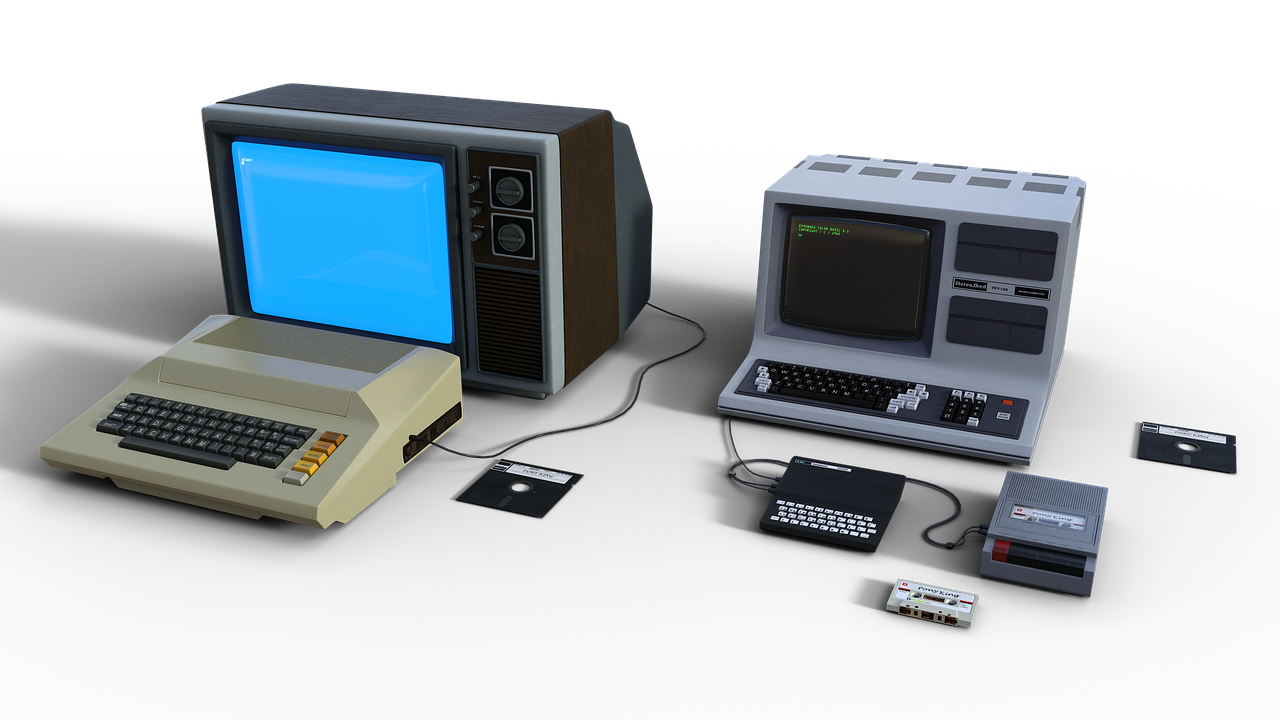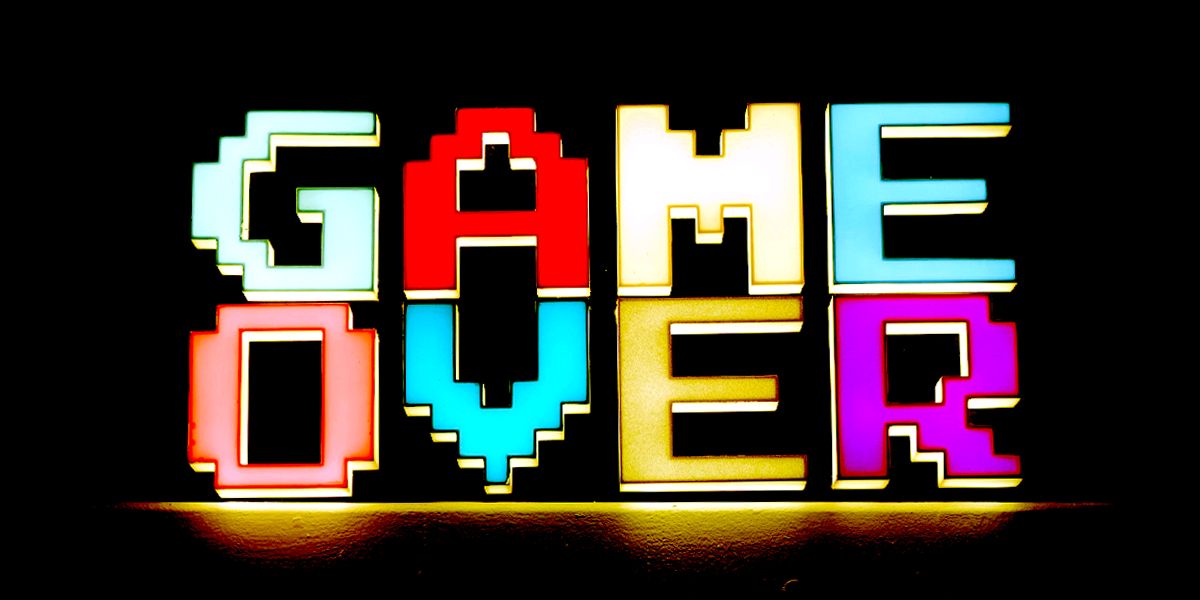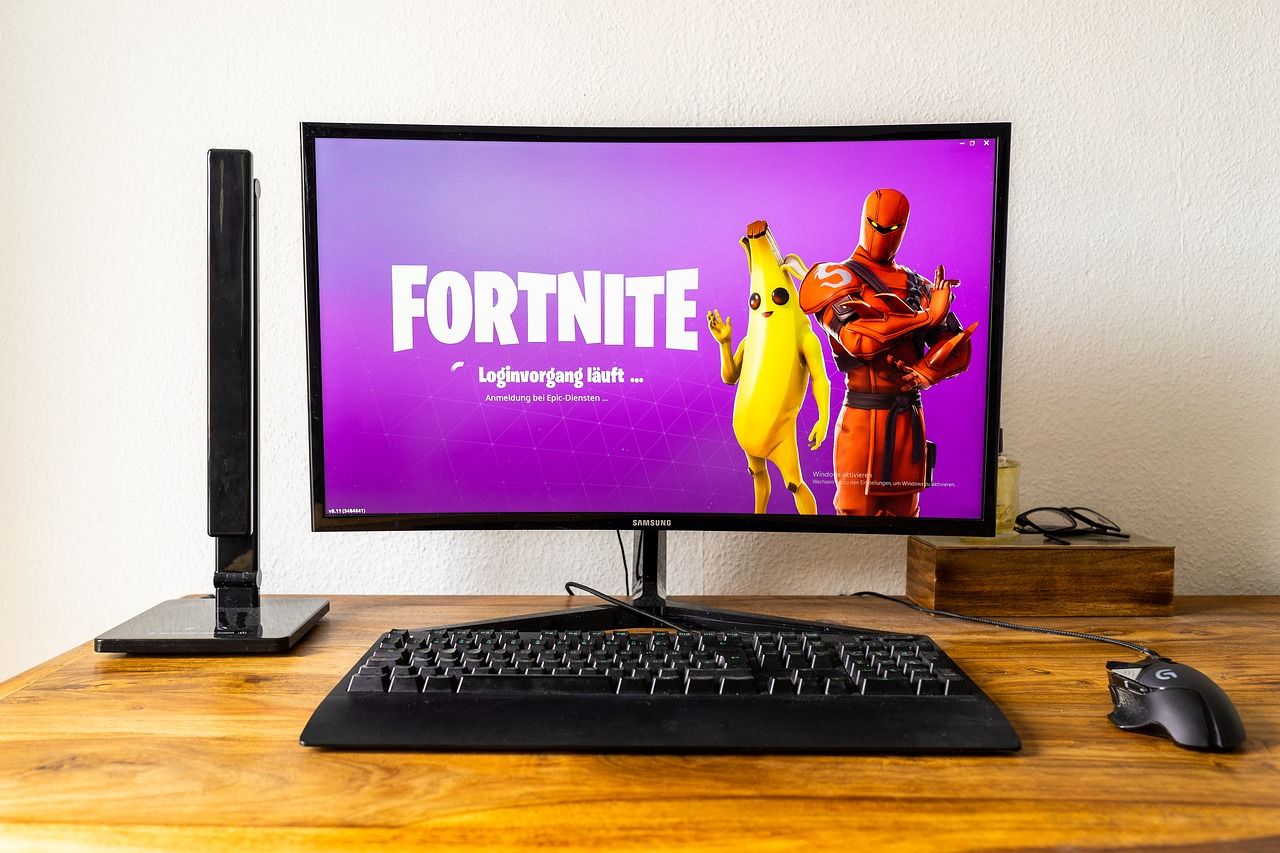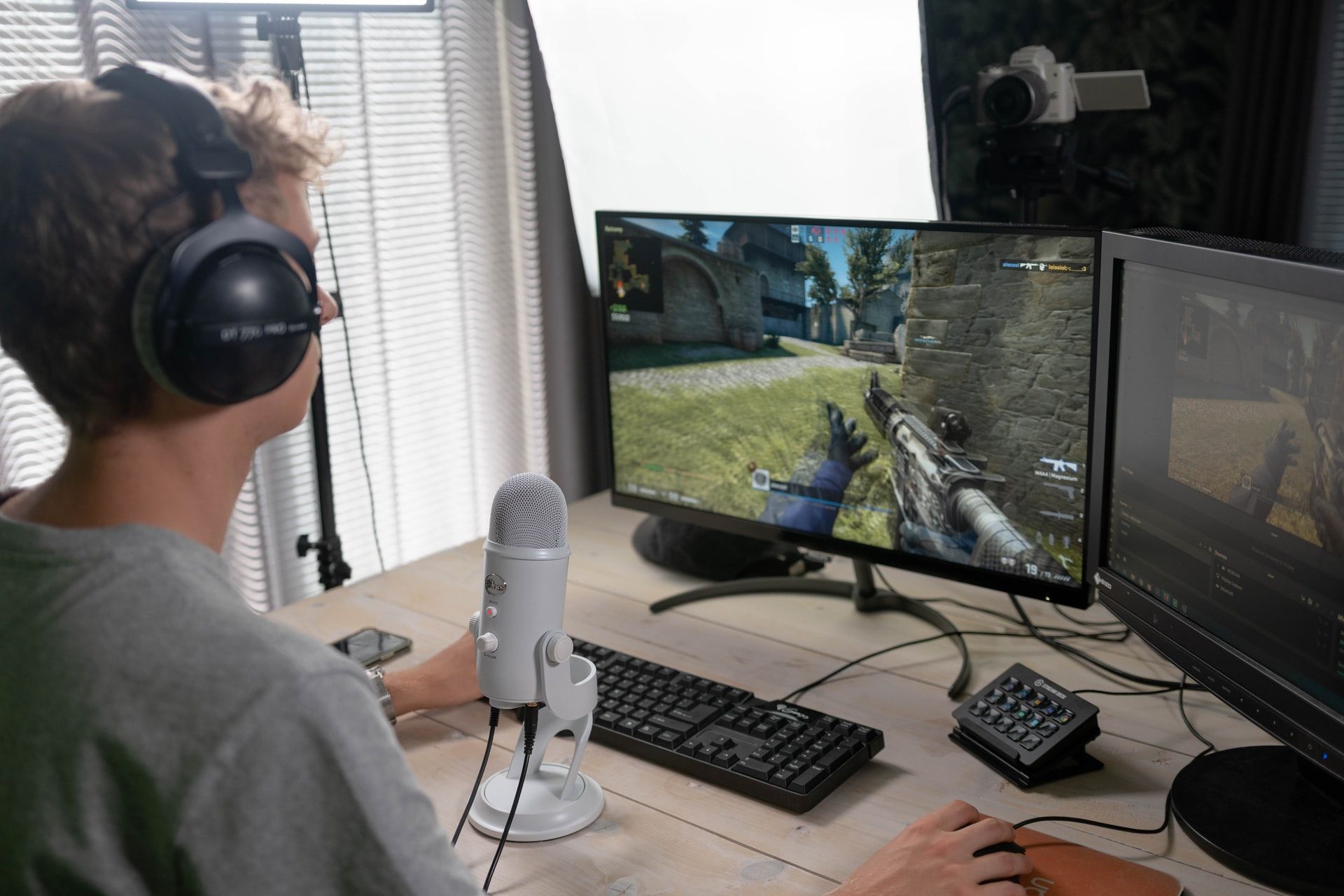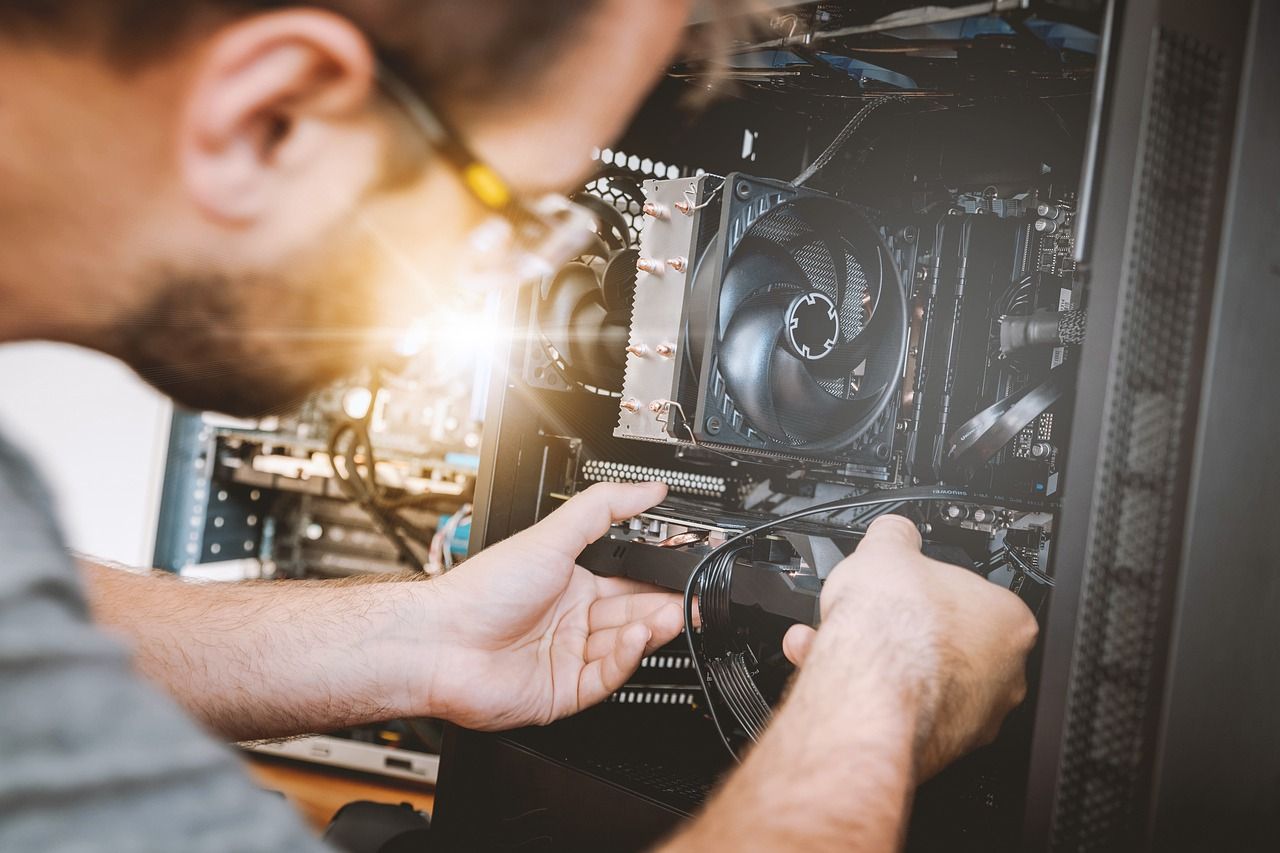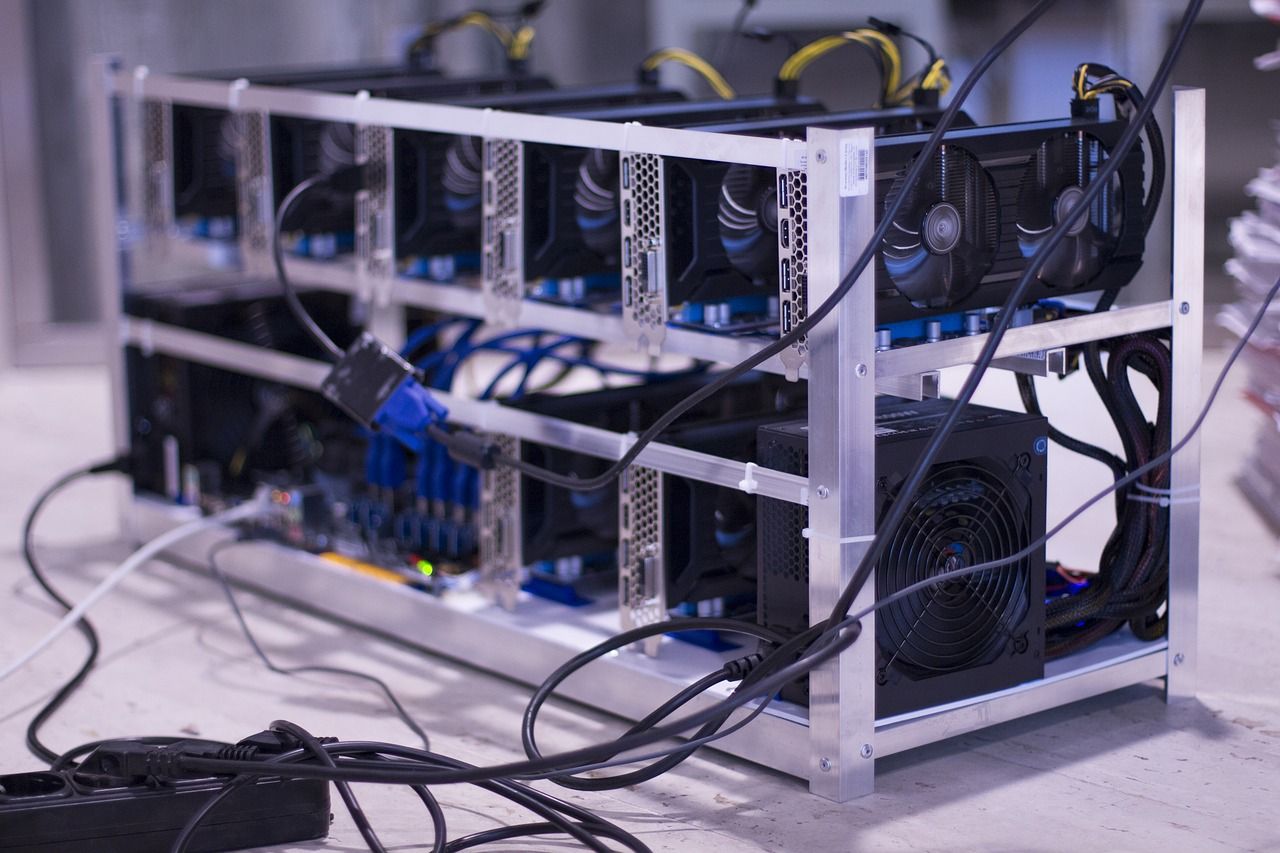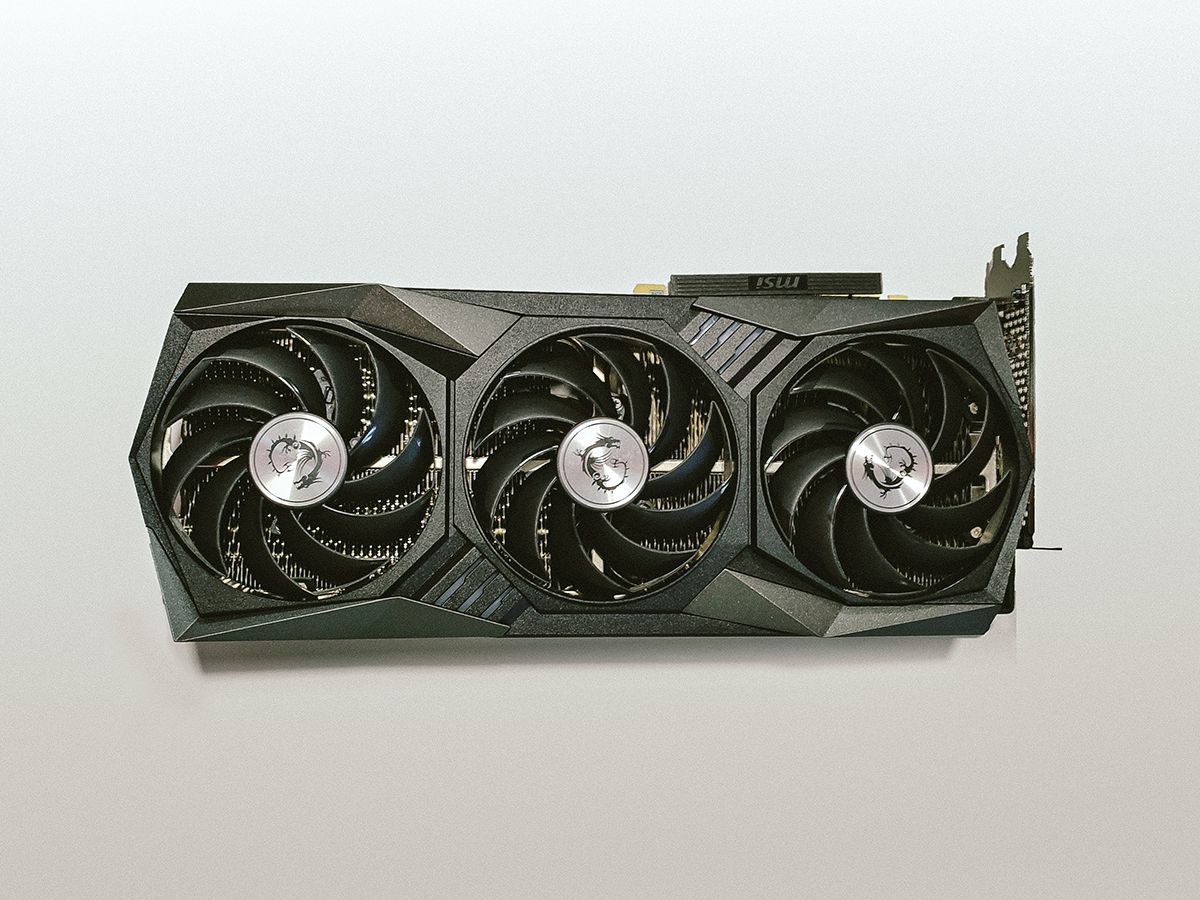After almost nine years, NVIDIA is finally discontinuing driver support for the 600/700/Titan series video cards running the Kepler microarchitecture. While it’s normal for a manufacturer to stop supporting its products after a time, what does it mean for you? What will happen by the discontinue date? And what can you do with them once they’re unsupported?
Here are a few reasons you shouldn’t throw away your old GPU even if NVIDIA doesn’t issue driver updates for them anymore.
Why Is NVIDIA Discontinuing Support for These Cards
It’s not uncommon for manufacturers to drop support for older tech. In fact, this is a common occurrence in the mobile space. For example, if you look at Android phones, these devices usually only get updates for two to three years after their initial release.
Nevertheless, the NVIDIA 600/700 and early Titan series video cards have had a good, long run. These cards, launched in April 2012, are based on the Kepler GPU microarchitecture. Nine years is an eternity in terms of technological improvements.
Age and Inefficiency
The cards set for discontinued driver support are at least four generations behind the latest hardware. While these old GPUs are still usable, their age and inefficiencies are showing.
For example, compared to the more recent GTX 1060, the newer card requires less power while delivering superior performance. Although the top-end RTX 3090 costs about a thousand dollars more than the GTX 780 Ti at MSRP, the performance cost of the former is less than half of the latter.
VRAM Limitations
Many of today’s AAA game titles require a large amount of VRAM to run. Unfortunately, with most 700 series cards sporting at most 3GB VRAM or less, these cards will struggle. So unless you’re on an NVIDIA Titan card, which has a maximum of 6GB VRAM (or 12GB, if you have the Titan Z), you really cannot crank up the quality on the latest games.
Lack of DirectX 12 Support
One other issue that you may run into with these cards is the lack of complete DirectX 12 compatibility. While these cards can run DirectX 12, it doesn’t support its whole feature set. For this reason, some games, like Assasin’s Creed Valhalla or Gears 5, won’t run at all with these cards.
3 Reasons Why You Shouldn’t Throw Away Your 700-Series Graphics Card
But despite the stated reasons, these GPUs can still run on your computer. NVIDIA not releasing new drivers for these cards doesn’t mean they’ll brick. There’s still a lot you can do with them—here are a few reasons why the 600/700/Titan Series cards are still useful.
1. You Can Still Play Popular eSports Games on Them
Despite their age, the Kepler cards can still run popular eSports titles. We must keep in mind, though, that these titles are designed to work on the broadest possible number of equipment.
Nevertheless, if you’re perfectly happy playing CS:GO, DOTA 2, League of Legends, and Fortnite, these cards will still keep on chugging and giving you kills. You can even use these cards to run newer games, like F1 2020 and Call of Duty: Modern Warfare, albeit at the lowest graphics settings.
2. It's a Great Addition to a Secondary CPU
Given that eSports titles will more likely than not support older GPUs, your old computer with these graphics cards is still a great backup or secondary device. For example, if you’re into game streaming, you can use it as a capture device, thus freeing up processing power for your primary gaming PC.
And if you have a friend or two coming over to your house, you can equip your non-gaming PCs with these old cards. That way, you can have an awesome LAN party.
3. An Affordable Way to Make a Non-Gaming Rig Game-Ready
If you have a non-gaming PC at home that you want to add power to, these old cards are one of the best, most affordable ways to do that. With the silicon shortage causing graphics cards to cost an arm and a leg, these old 700-series cards could get you up and running at less than 150 bucks.
If you can’t stretch your budget to get a 10-, 20-, or 30-series NVIDIA GPU, the 700-series version would do alright.
Should You Buy an Unsupported GPU?
If you’re getting a second-hand card (or anything used, for that matter), you have to be careful. Inspect the item first thoroughly and test it, if possible, before committing to the sale. Also, don’t get one that was used for mining cryptocurrency. That task is stressful for computer hardware and could lead to a shorter lifespan.
But if you want a brand new card, you’re in luck because MSI actually started manufacturing GeForce GT 730 due to incredible demand. Although it’s initially only available in Japan with an MSRP of $42, it might eventually make its way to North America if the demand is high enough. There’s no assurance, though, that it’ll be available at the same bargain price.
Which GPUs Will Get the Axe Next?
Looking back at NVIDIA’s history, support for the 400/500 series Fermi-based GPUs ended with the R390 drivers in 2018. These cards launched in 2010, giving them a support lifespan of around eight years.
So if we follow this trend, the next cards to get the legacy status would be the NVIDIA 900-series Maxwell-based GPUs. With a release date of early 2014, you can expect driver support for these cards until 2022 or 2023.
Time to Upgrade Your GPU
If you’re still rocking an old 600- or 700-series card, maybe the end of driver support is the sign you need to update your hardware. However, this doesn’t mean your card is useless—in fact, it can still be an excellent GPU for an ultra-budget build or a dedicated capture PC.
But if you’re waiting for GPU prices to come back down, then hold on to your GPU. After all, it will still work with your current games even after the axing date. And once you’ve got a new card (or a new gaming rig), you can use the old card to make a non-gaming rig more powerful. Or you could sell it online to make a few bucks for yourself.

